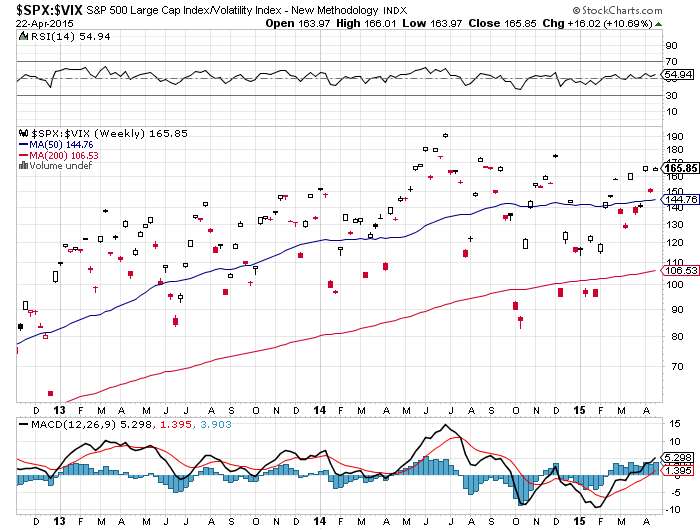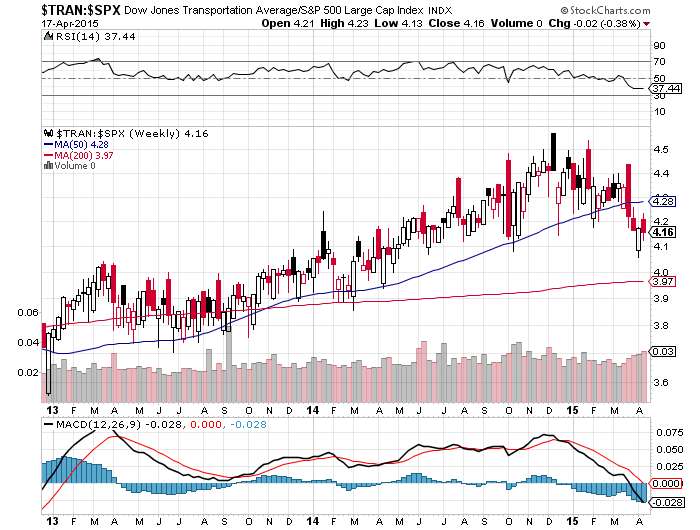First and foremost most fed meetings are positive for the stock market. The fed usually gives the market what it wants and the markets keep going up and away. The last fed meeting stocks rallied after the fed successfully jaw boned the dollar into submission. Since then stocks have rallied and are encountering major resistance at the top end of their trading ranges.

The dollar has sold off close to 5% but has already contributed to very weak quarterly earnings reports from several global powerhouses. With Greece lurking in the shadows any Euro strength may be short lived going forward and a resumption of broader dollar strength is likely.

This could spell trouble for commodities like gold and oil and other risk assets.


Eventually carry trade liquidation could spread to stock indices, with some recent bastions of strength like the German and Indian markets already showing some cracks.


Eventually markets will come around to the realization that QE forever polices globally have artificially propped up asset prices and their implosion is just around the corner in a painful and protracted process, with the "Sell in May and Go Away" trade just round the corner.
The dollar has sold off close to 5% but has already contributed to very weak quarterly earnings reports from several global powerhouses. With Greece lurking in the shadows any Euro strength may be short lived going forward and a resumption of broader dollar strength is likely.
This could spell trouble for commodities like gold and oil and other risk assets.
Eventually carry trade liquidation could spread to stock indices, with some recent bastions of strength like the German and Indian markets already showing some cracks.
Eventually markets will come around to the realization that QE forever polices globally have artificially propped up asset prices and their implosion is just around the corner in a painful and protracted process, with the "Sell in May and Go Away" trade just round the corner.





















